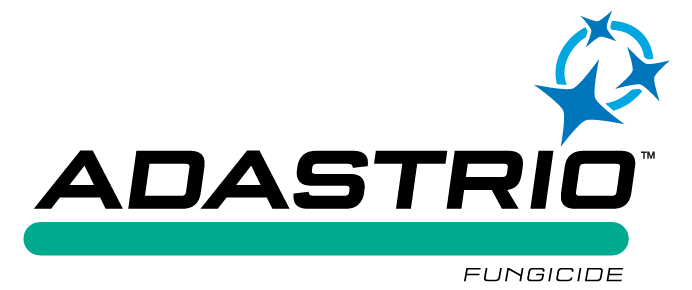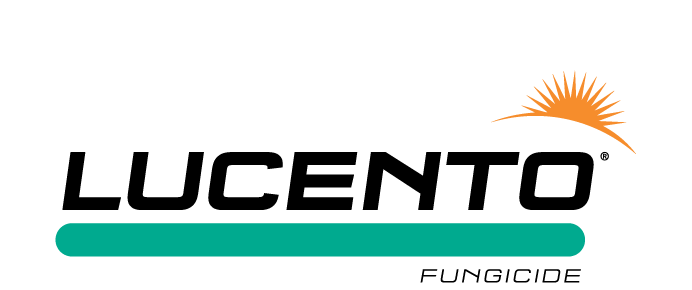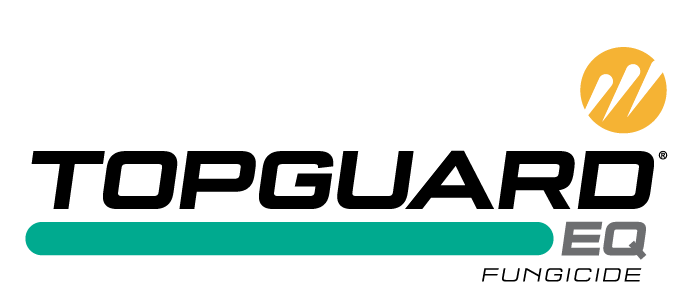Disease: Southern Rust
If epidemics initiate early i.e., prior to or at tasseling, Southern rust is an aggressive and yield-reducing disease. Spores are lighter in color, and pustule size is usually smaller compared to common rust. .
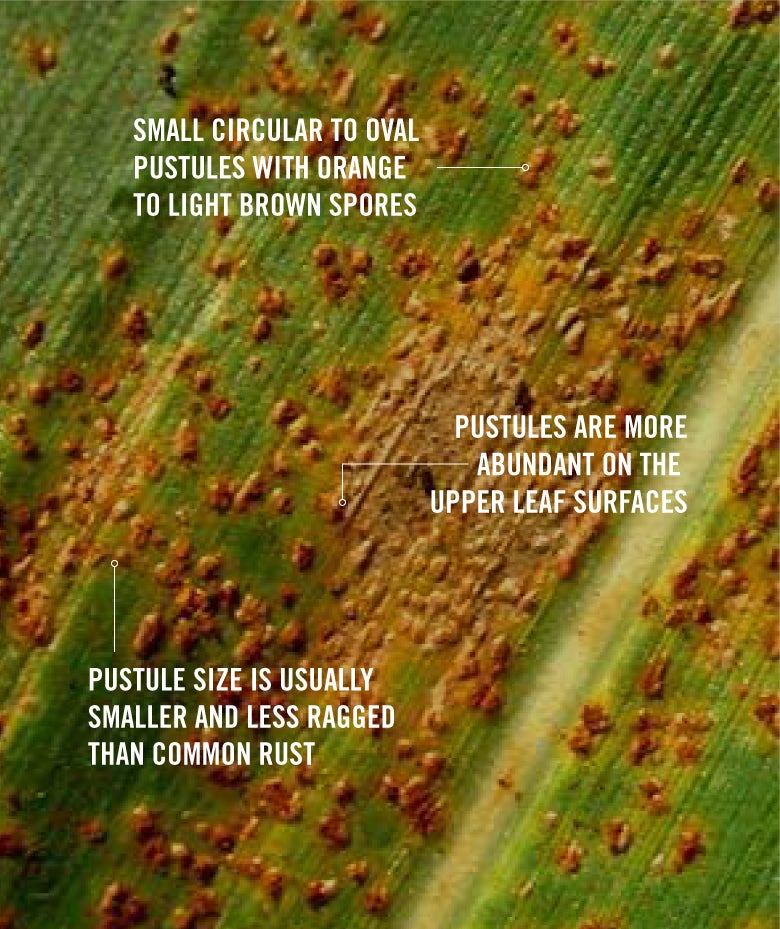
Timing and Transmission
Southern rust does not overwinter in the Corn Belt. Infections in this region result from spores carried northward with prevailing weather systems from the southern United States. This is a warm-season rust as compared to common rust and usually occurs late in the season.
Identification and Dissemination
Southern rust appears as small circular to oval pustules with orange to light brown spores. When compared to common rust, the spores are lighter in color, and pustule size is usually smaller and less ragged looking than those produced by the common rust pathogen. Pustules are more abundant on the upper leaf surface and can also be found on the stalks, sheath and husks when disease is severe.
Management
Because Southern rust is windborne and doesn’t overwinter in the United States, the practice of crop rotation or deep tillage are not effective in controlling this disease. Corn hybrids vary in susceptibility to Southern rust, and the least susceptible hybrid should be planted in areas with a history of early-season rust development. Since rust spores are windblown from southern states and initial infection at later stages of corn development is less likely to impact disease, early-planted corn may avoid significant disease pressure.
Foliar fungicides are effective at suppressing Southern rust though there is no economic threshold for a fungicide application
- Adastrio™ fungicide (FRAC Groups 3, 7 & 11) can be applied foliarly and has three active ingredients to help protect corn from Southern rust. This innovative fungicide combines a novel molecule in the SDHI class, fluindapyr with one of the most systemic triazoles on the market, flutriafol and azoxystrobin.
- Foliar fungicides like Lucento® fungicide (FRAC Groups 3 & 7) and Topguard® EQ fungicide* (FRAC Groups 3 & 11) can be applied at the V1-R1 growth stages to help protect against this yield-robbing disease.
Performance Data
SOUTHERN RUST SPOT % SEVERITY
TRIAL SITES: VA, GA (3), IL, AL (2), NE (2) - 2017/2018

FOLIAR FUNGICIDE APPLICATION IMPACT ON DISEASE SEVERITY AND YIELDS
UNIVERSITY OF NEBRASKA - 2017
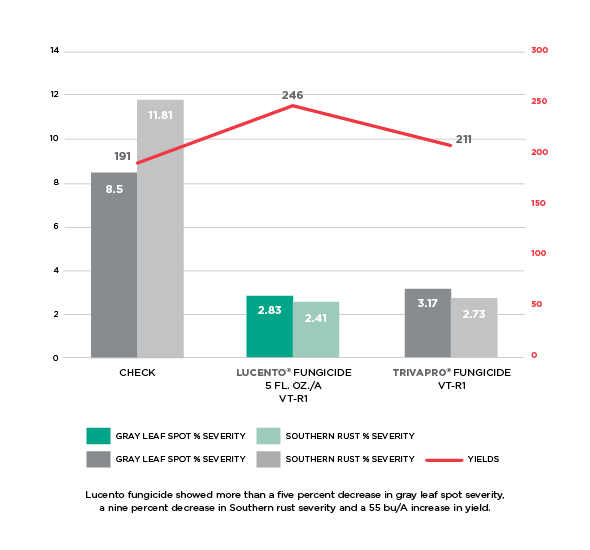
Always read and follow all label directions, precautions and restrictions for use. Some products may not be registered for sale or use in all states. FMC, the FMC logo, Adastrio, Lucento and Topguard are trademarks of FMC Corporation or an affiliate. ©2023 FMC Corporation. All rights reserved. 22-FMC-3114 07/23

